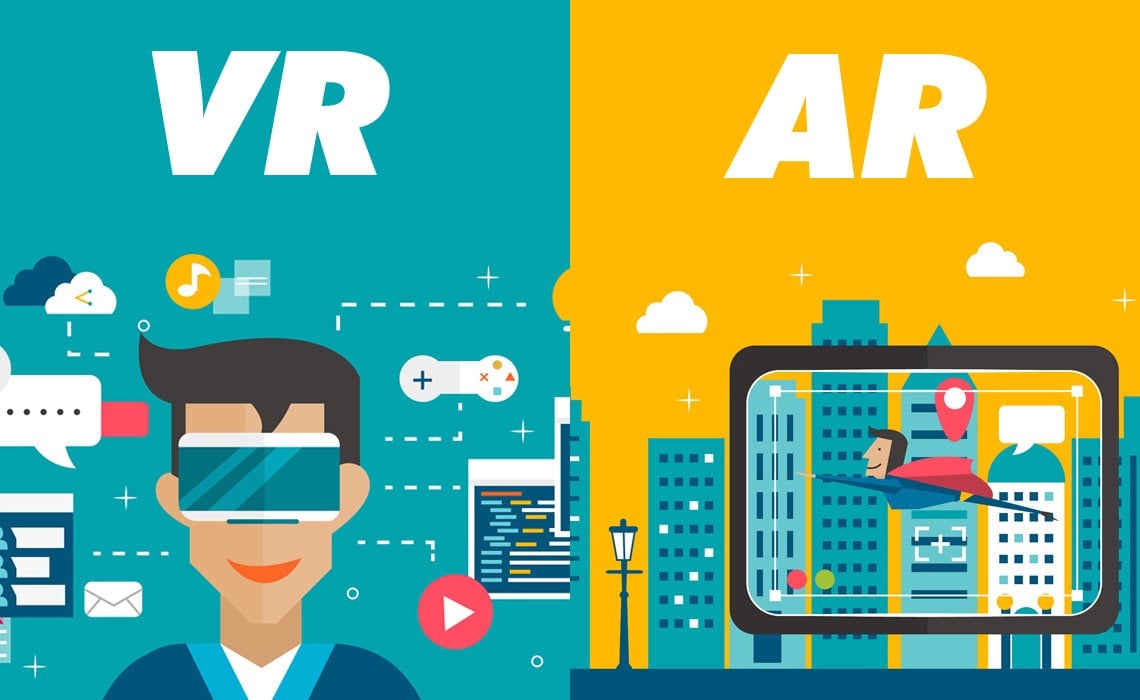The Future of Augmented and Virtual Reality
the future.
Shopping
Target, one of the biggest retail brand companies, has been introducing new tech ideas to its website and mobile app for months now. According to Marielle Moon's article Target Uses Augmented Reality to Help You Shop for Furniture, Target has introduced not only a real-time map to locate its stores but also a visual search tool that is powered by Pinterest (Moon, 2017).
Recently, it has added a new feature to the company's mobile website, an augmented reality feature. As stated by Moon, this feature works similar to Ikea's Place app on the iOS store. It is called the "See It in Your Space" feature and allows you to see how a piece of furniture would look like in any space, whether at home or at work (Moon, 2017). When the article was written, Target only had a select 200 products available to display with AR, but thousands more have been added since the article was posted.
AR's Impact Post COVID
Since the COVID-19 pandemic, many people had resorted to doing work remotely, at home, and away from others. The AR market before COVID was booming, and it was projected to jump past $50 billion by 2024, according to AR Post (Burbidge, 2020). Though, with the pandemic increasing and accelerating interest in not only AR and VR technologies, that estimate was seen as an understatement in its potential. AR technologies have allowed people to view the physical world in video during the pandemic and allowed for possible AR advancements in some industries (Burbidge, 2020).
According to Kaeli Burbidge, the author of the article, 5 Industries Which Could Benefit From Augmented Reality Post COVID, one industry that could benefit from AR technology would be the healthcare industry (Burbidge, 2020). With the use of Microsoft's Hololens, doctors were able to use augmented reality to help care for COVID-19 patients. Though, as stated by Burbidge, it is also possible for MRI data and CT scans to be seen via AR, which would allow doctors and surgeons to be able to study a patient's anatomy before going into surgery (Burbidge, 2020). AR would not only help out the surgeons but would also allow for children's education on the human body and biology.
Another industry that AR would be beneficial in would be the travel and tourism industry. With the pandemic taking place all around the world, this industry has taken a massive hit. Though, with the likes of augmented reality, this technology would provide an incredible and immersive experience (Burbidge, 2020). Exploration apps, such as ViewRanger's Skyline, allow for users to view landscapes from their own homes. The app uses the user's phone camera and is able to recognize not only the names of mountains and rivers but also shows the best routes for walking or climbing (Burbidge, 2020). Another aspect that could be introduced post-COVID would be AR restaurant menus and showcases. Restaurants would find new ways to interact with customers and would allow for AR to showcase how a certain dish will look like, as well as any nutritional facts.
VR's Impact on Transforming Sectors
Such as how AR could revolutionize how we see things in the real world, VR can revolutionize what we see in a virtual world. Jason O'Hagan from EuroNews was able to interview Daniel Khayat, Head of Product and Viveport at HTC, about their new HTC Vive Focus Plus Headset. According to O'Hagan's article, How Virtual Reality Is Transforming Sectors from Education to Architecture, the fully-equipped headset has plenty of applications and settings based around training and development, as well as education and gaming (O'Hagan, 2020). Daniel Khayat stated that Vive Sync is a virtual environment for meetings, presentations, and demonstrations, stating that he can present not only PowerPoint presentations and videos but also 3D models of objects and products. Due to it being a virtual world, one can bring in a model of heavy machinery, and it would be 100% safe to show off and demonstrate the do's and don't's of it.
Not only is it a good way to create a virtual environment for meetings, but it is also a good application for education. According to the article, Steve Bambury, a Virtual Reality consultant, is at the forefront of applying VR technology to education in Dubai. Bambury wants to integrate the technology into education, whether by using Google's Tilt Brush to allow students to create artwork using fire or by taking students on a trip to the past, VR would allow teachers to "break down the walls of the classroom" and take students to any part of the world (O'Hagan, 2020).
Knowing What to Send/Post and When to Send It
On another note, it is important to understand what is right to send on company grounds, as well as when it is right to send something to another company coworker or supervisor. According to Josh Ochs book, Light, Bright, & Polite: For Professionals, even if you bring your own computer or tablet to work to keep your privacy, once you are connected to company servers and internet, your data can be shared and accessed by the company (Ochs, 2017). A rule of thumb to keep in mind would be that you should treat any device you use, whether it is your own or not, as company-owned equipment. Another tip on knowing what to send to others would be to only use email as a form of communication. Ochs states that emails should not be used to vent, share personal details, or to share office gossip and stir up more rumors (Ochs, 2017).
It is also important to understand how to write a good email. An advice Josh Ochs gives is to write an email as if it were to be placed on a PowerPoint. According to the book, it is important to take write in complete sentences, spell out words completely, and to use proper and correct punctuation (Ochs, 2017). Another piece of advise that he gives is to keep the email short and to be sensitive with details included in the email. It is also important to understand to assume that your supervisor sees everything you share, post, or say. While they might not see everything you say or do, if you assume that they always do, it would save you from being frowned upon by your supervisor.








Comments
Post a Comment